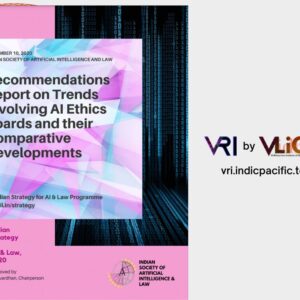This work is licensed under Creative Commons Attribution-NonCommercial-NoDerivatives 4.0 International ![]()
Artificial Intelligence (AI) is transforming the cybersecurity practice by providing sophisticated tools that allow the detection, evasion, and reaction to cyber attacks at levels and speeds beyond human capabilities. With the utilisation of machine learning models and large language models (LLMs), AI can analyse enormous amounts of data to identify patterns, recognise anomalies, and initiate responses to newly emerging threats. Yet, the dual-use technology also allows attackers to develop sophisticated attacks, including adversarial AI and data poisoning, thereby posing challenges to well-established defence strategies.
| IndoPacific.App Identifier | IPLR-IG-016 |
|---|---|
| ISBN/ISSN | |
| Author(s) | |
| Foreword | Dr Chiranjiv Roy, PhD |
| Publisher | |
| Publication Type | Digital |



Already on VLiGTA? Log in
Having trouble logging in? Learner help center
This site is protected by reCAPTCHA Enterprise and the Google Privacy Policy and Terms of Service apply.